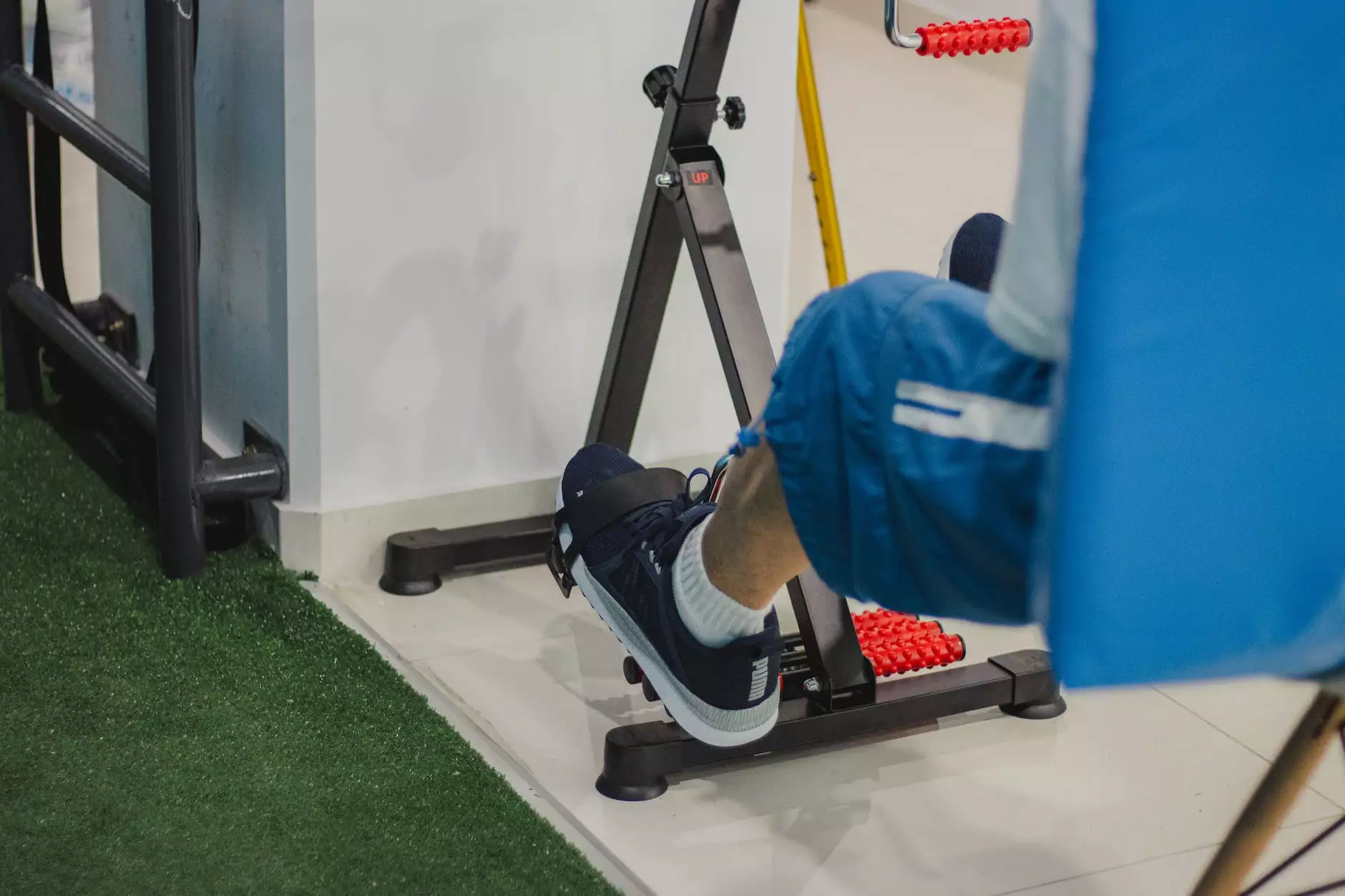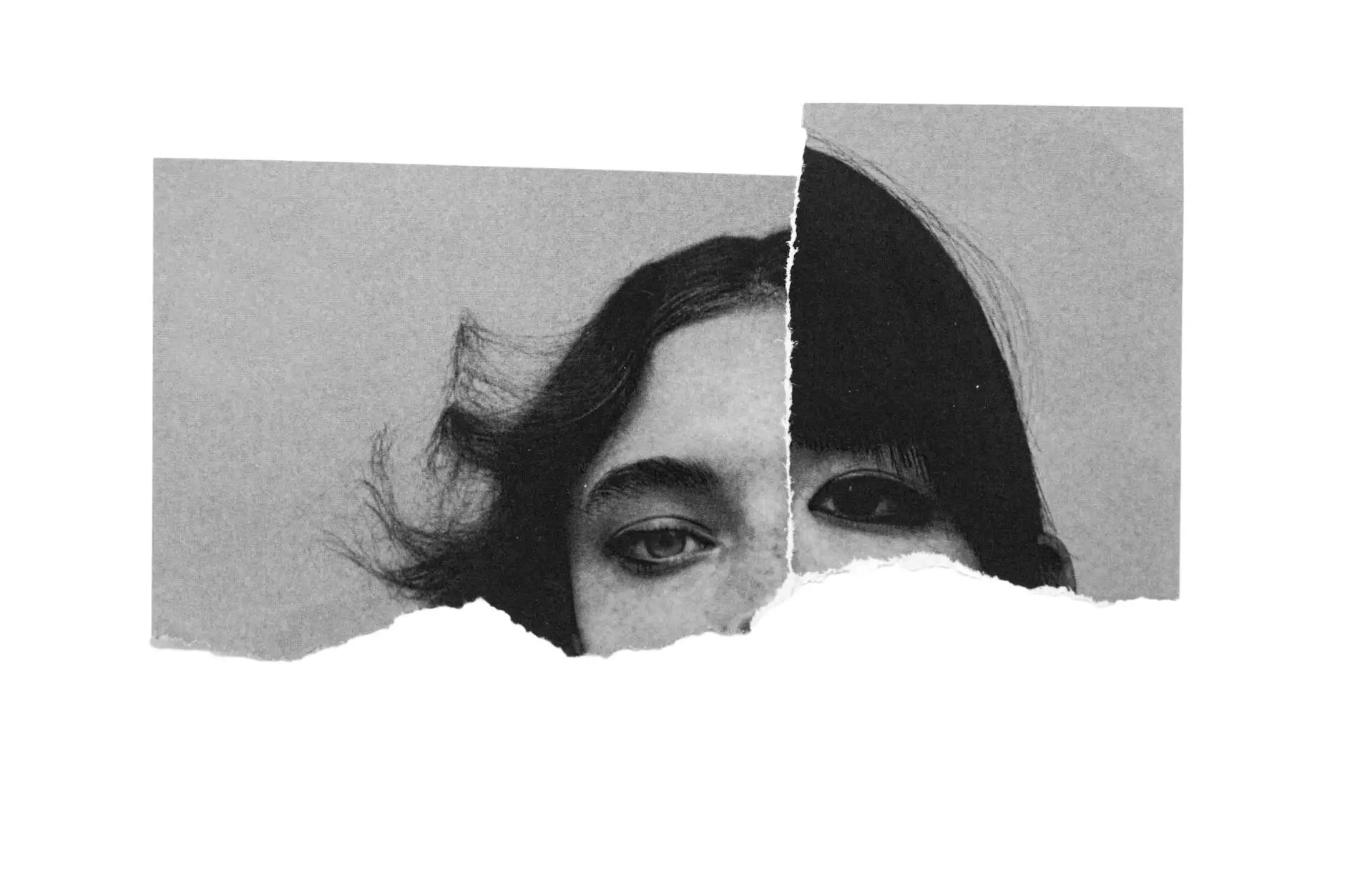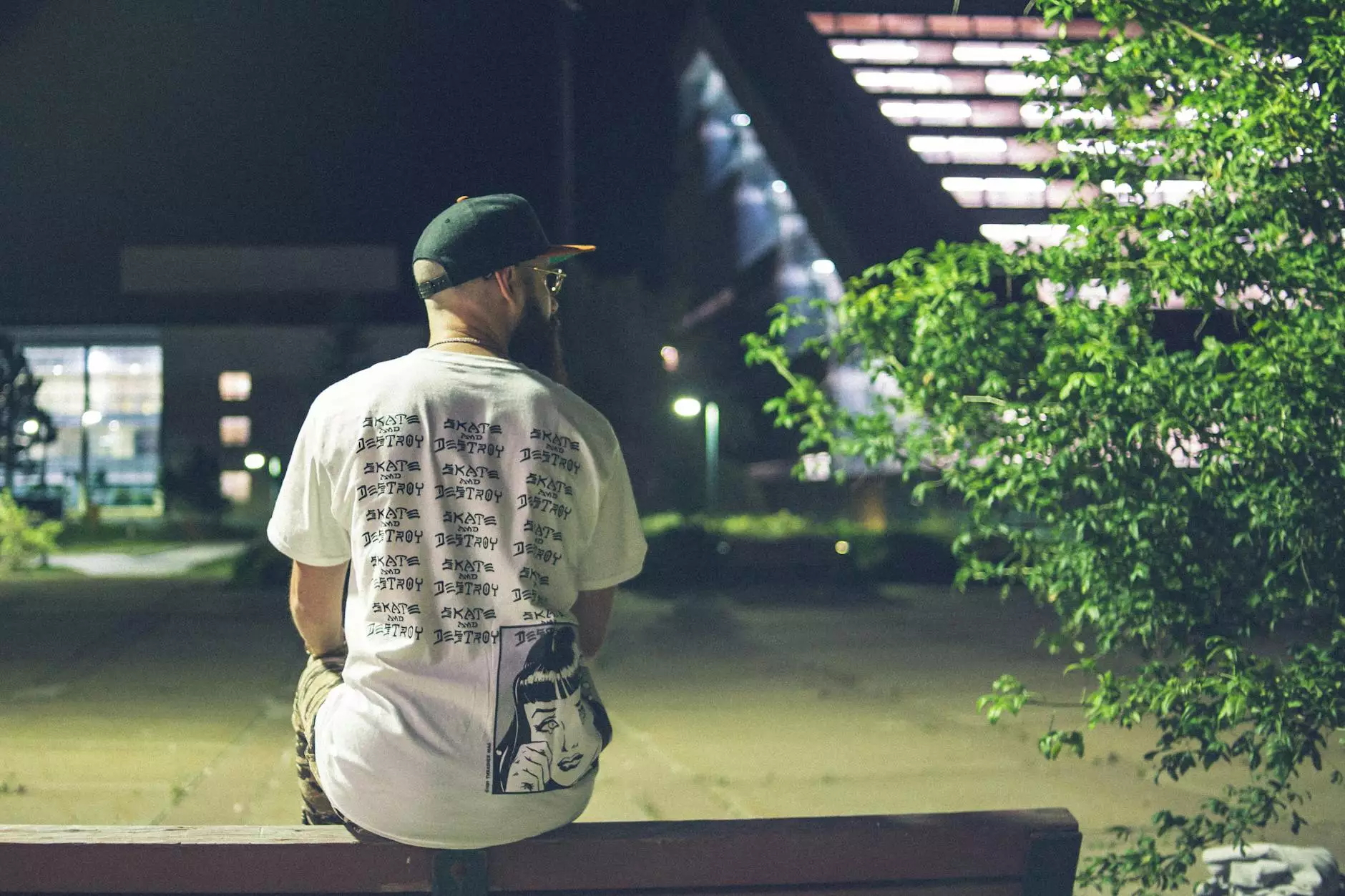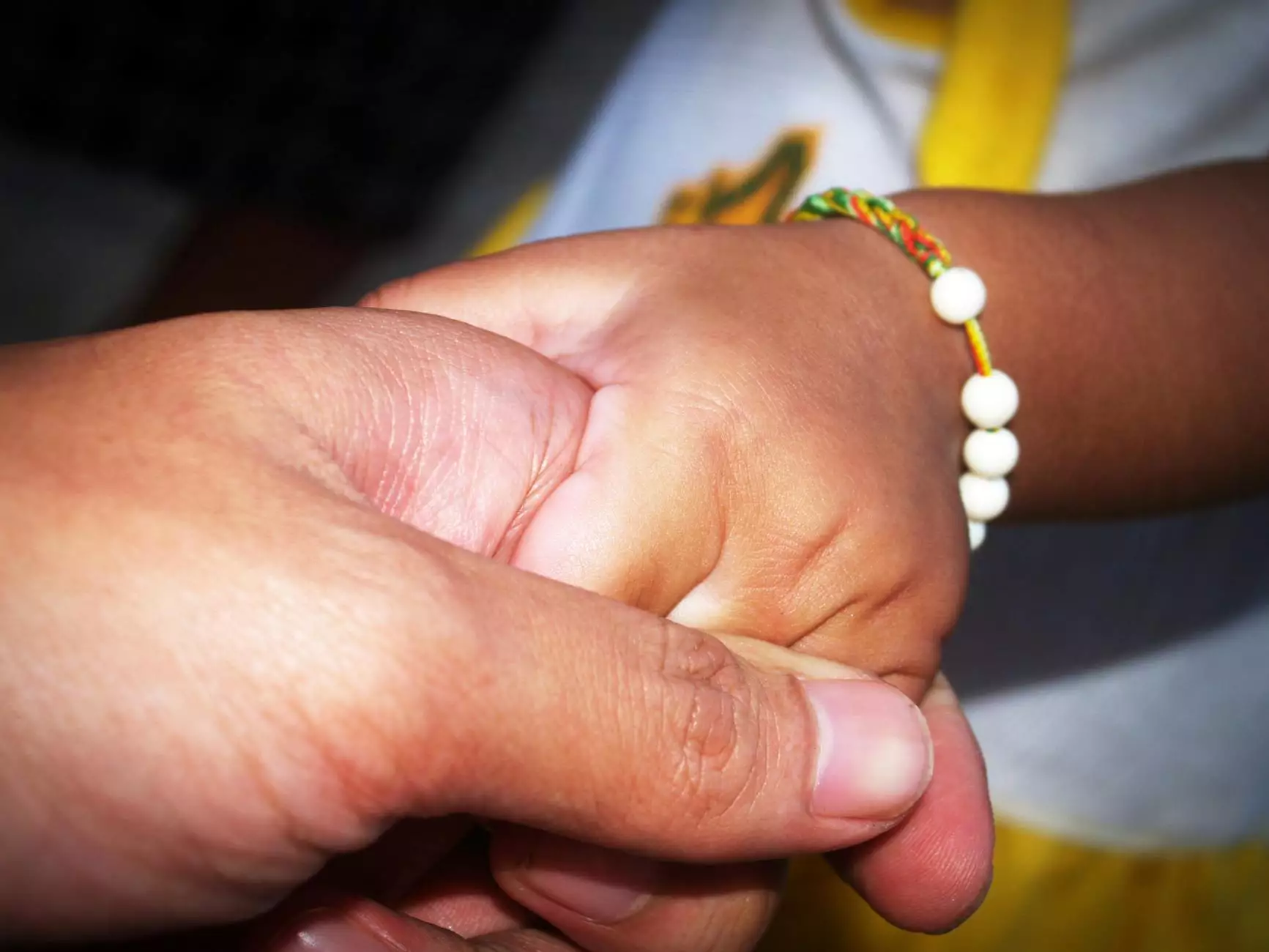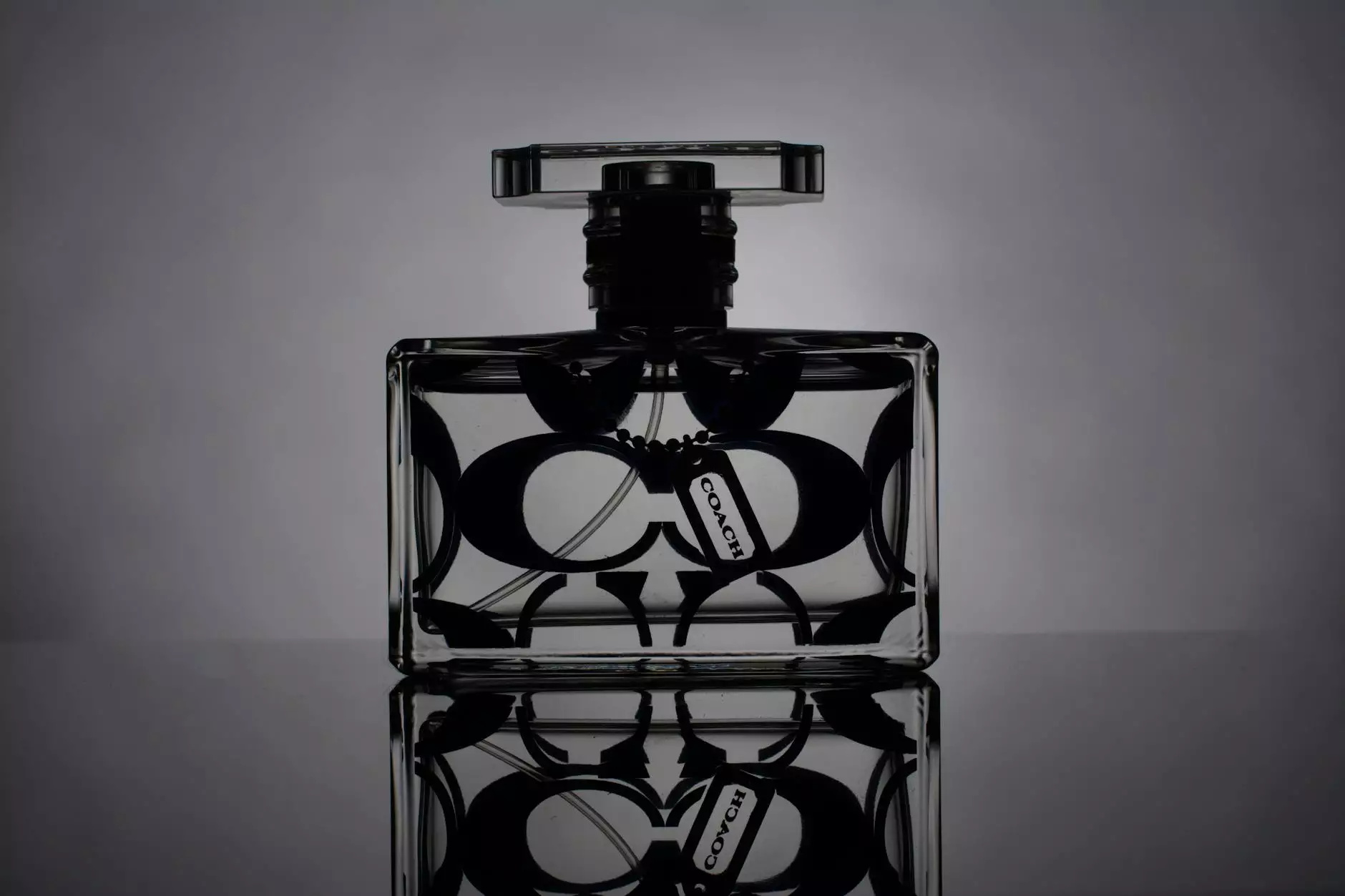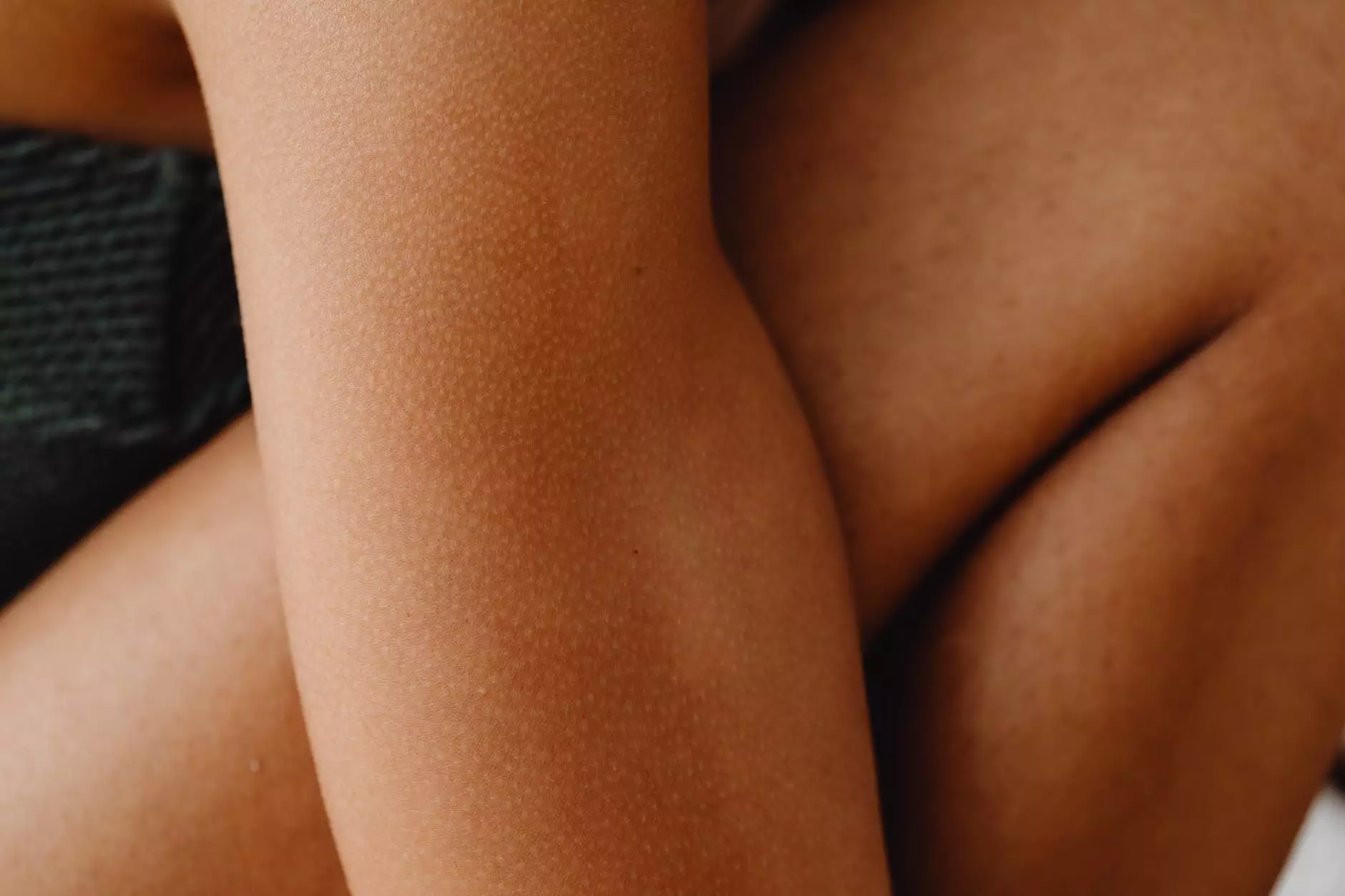Chondromalacia Patella | Causes, Symptoms, & Treatment - Regency Square Care Center
Blog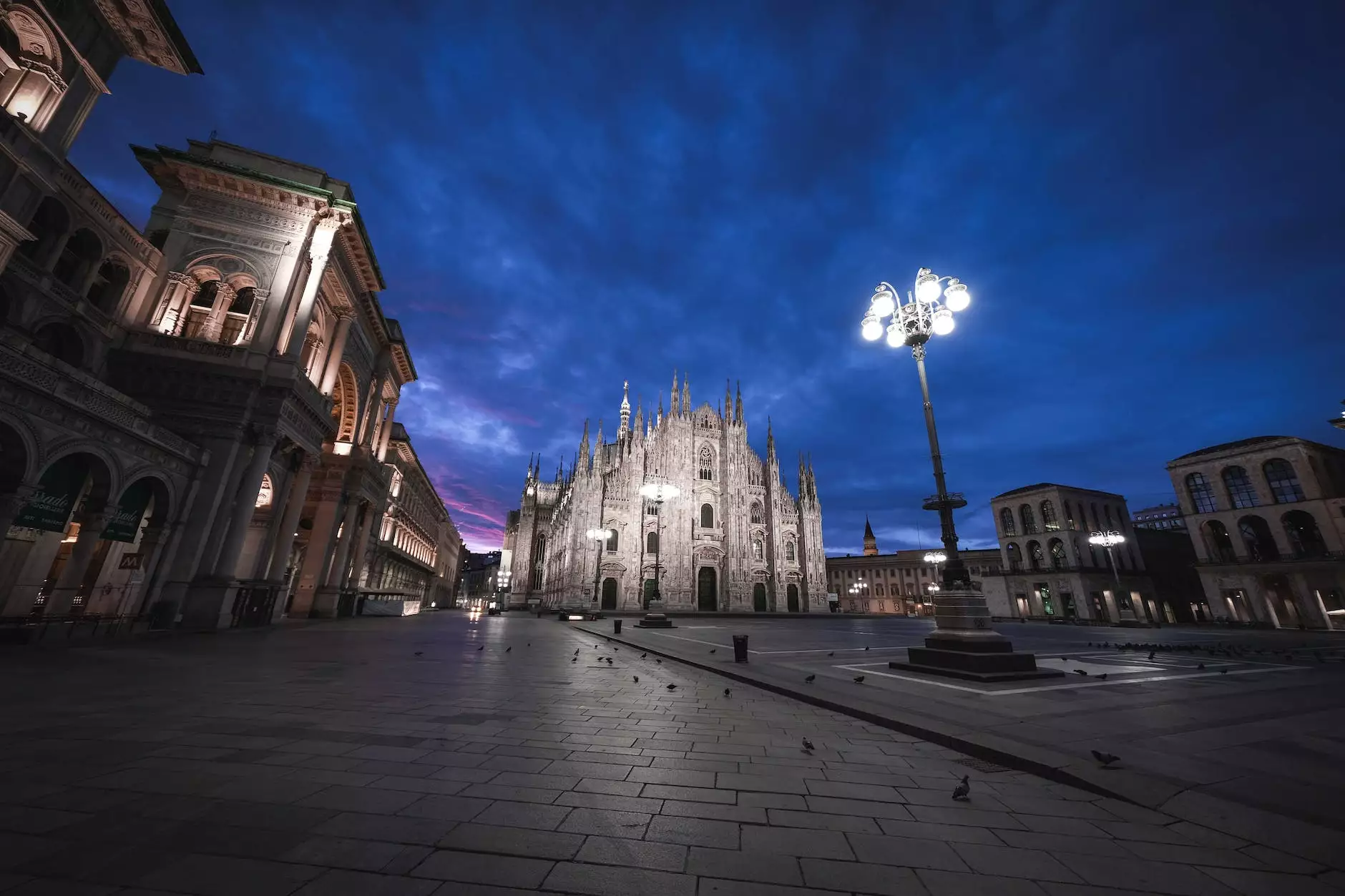
Introduction
Welcome to Regency Square Care Center, a trusted provider of high-quality health care services for the elderly. In this article, we will delve into the topic of Chondromalacia Patella, discussing its causes, symptoms, and treatment options.
What is Chondromalacia Patella?
Chondromalacia Patella, also known as runner's knee, is a condition characterized by the softening and degeneration of the cartilage under the kneecap. It commonly affects athletes, particularly runners, but can also occur in individuals who engage in repetitive knee movements or those with misalignment of the kneecap.
Causes of Chondromalacia Patella
There are several factors that can contribute to the development of Chondromalacia Patella. These include:
- Overuse or repetitive stress on the knee joint
- Poor alignment of the kneecap
- Weakness or imbalance of the thigh muscles (quadriceps)
- Previous knee injuries or trauma
- Genetic predisposition
- Obesity or excess weight
Symptoms of Chondromalacia Patella
The most common symptom of Chondromalacia Patella is pain around or behind the kneecap. This pain tends to worsen with activities that involve bending the knee, such as walking, running, or climbing stairs. Other symptoms may include:
- Swelling or inflammation in the knee area
- A grinding or cracking sensation when moving the knee
- Weakness or instability in the affected leg
- Difficulty straightening the leg completely
Treatment Options
At Regency Square Care Center, we understand the detrimental impact Chondromalacia Patella can have on your quality of life. That's why we offer comprehensive treatment options to alleviate your symptoms and promote healing. Our treatment approach may include:
1. Physical Therapy
Our skilled physical therapists will design a tailored exercise program to strengthen the muscles around the knee joint, improve flexibility, and correct any biomechanical abnormalities. Physical therapy aims to reduce pain, improve function, and prevent further knee degeneration.
2. Pain Management
We prioritize your comfort and will work closely with you to manage your pain effectively. Our team of experienced healthcare professionals may recommend non-steroidal anti-inflammatory drugs (NSAIDs) or other medications to relieve pain and reduce inflammation.
3. Assistive Devices
In some cases, the use of assistive devices, such as knee braces or orthotics, can provide added support and stability to the knee joint, reducing the symptoms of Chondromalacia Patella and preventing further damage.
4. Lifestyle Modifications
We believe in a holistic approach to your well-being, and our healthcare experts may provide guidance on lifestyle modifications to promote optimal knee health. This may include weight management strategies, proper footwear recommendations, and activity modifications to minimize stress on the knee joint.
5. Surgical Intervention
In severe cases of Chondromalacia Patella, when conservative treatments do not provide adequate relief, surgical intervention may be necessary. Our experienced orthopedic surgeons can perform procedures such as arthroscopy to repair damaged cartilage and realign the kneecap, promoting long-term recovery.
Contact Regency Square Care Center for Comprehensive Geriatric and Aging Care
If you or a loved one is struggling with Chondromalacia Patella or any other geriatric health concerns, Regency Square Care Center is here to help. Our dedicated team of healthcare professionals is committed to providing personalized care and improving the quality of life for our patients. Contact us today to learn more about our services and schedule an appointment.
